A recent trip to Jamaica Bay in the wind and cold was not very birdy and what birds I did see were mostly frantically feeding on whatever they could find. A large flock of European Starlings Sturnus vulgaris was no exception and I watched and digiscoped quite a few starlings feeding on Winged Sumac Rhus copallinum. Starlings, because of their ubiquity in the urban environment and their introduced status in North America, are often ignored. Winged Sumac, also called Shining Sumac, is similarly overlooked, probably because it grows on roadsides and other marginal habitat and is therefore sometimes lumped in with weeds. Despite the lowly status of both the plant and the bird I found the combination of the two irresistible.
So pay attention to the lowly starling and boring old sumac: you won’t regret it!


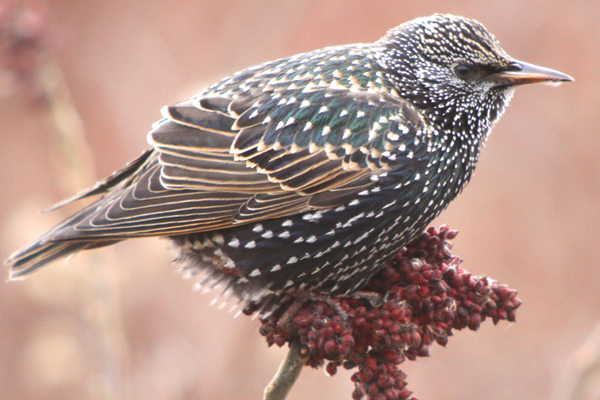
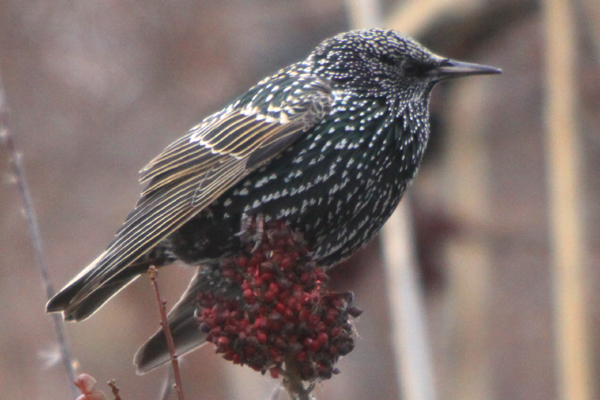
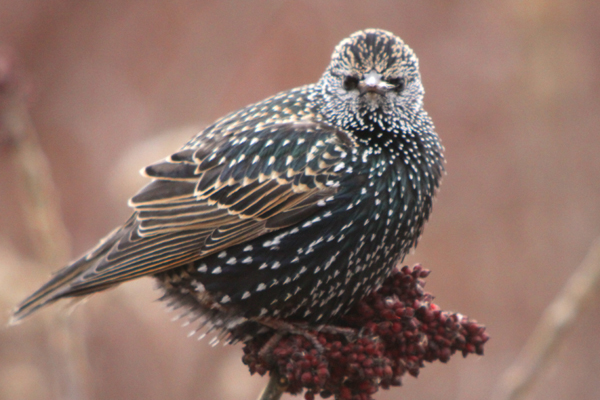
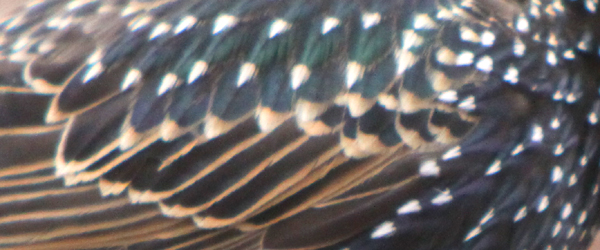
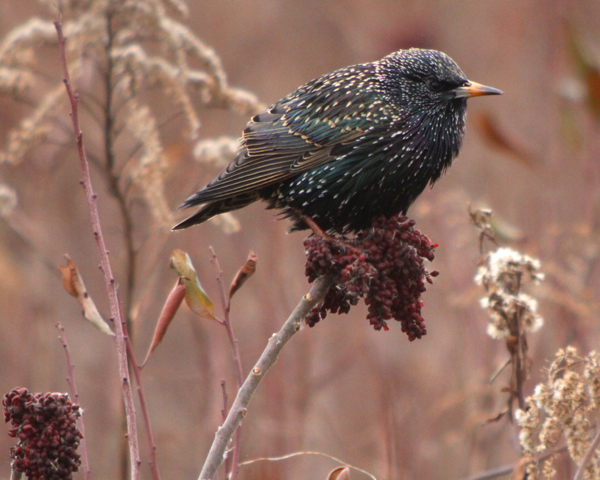





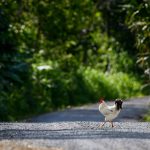

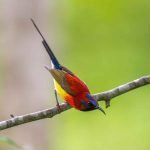

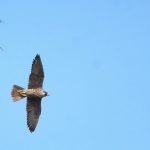
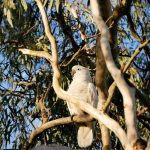
I have a lot of Winged Sumac growing here, but have never known Starlings it feed on it. When one of the massive winter flocks of Starlings comes through the property, they are after Eastern Red Cedar fruits. After they strip the cedars, the birds usually settle down in the pariries and deposit the seeds. This activity keeps me busy eliminating young cedars from the prairie areas. They are certainly attractive birds, but I wish they were a species I had to travel overseas to view.
I don’t ignore winged sumac. I’ve never seen any birds eating sumac, however. It must be a food of last resort when it gets cold and other sources are used up.
Beautiful pictures of Starlings on Sumac.